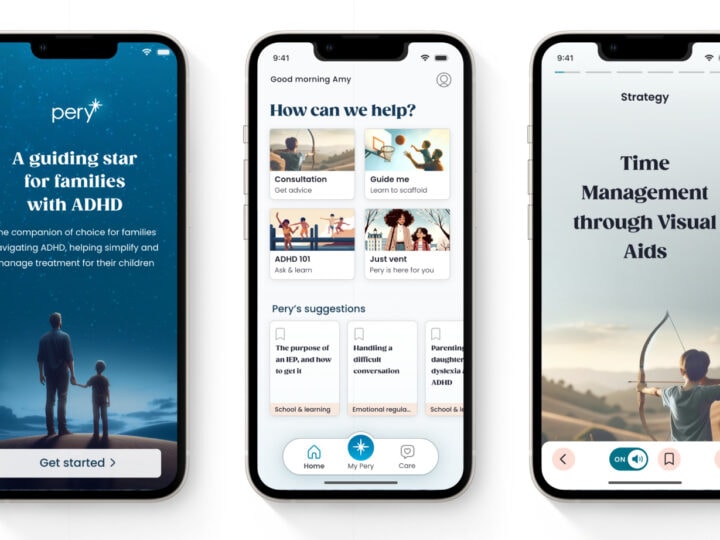One of the biggest questions facing us these days is how we can make our indoor spaces safe from Covid-19 contagion.
Studies have shown that we are far more likely to catch the virus in closed indoor spaces like offices, schools, public transport, museums and health centers rather than outdoors.
A team of international scientists, including Prof. Ido Kaminer of the Technion-Israel Institute of Technology, studied various methods to prevent coronavirus contagion in indoor spaces. Based on their findings, recently published in ACS Nano, they advocate the use of ultraviolet light as a “particularly efficient, easily deployable, and economically affordable” way to inactivate the virus.
The experts, from the fields of virology, immunology, aerosols, architecture, and physics, researched currently available UV-C sources, such as fluorescent lamps, microcavity plasmas, and LEDs.
They concluded that by applying this type of light on the inside of the ventilation systems of buildings and in shared indoor spaces while not in use, it will be possible to quickly and efficiently deactivate both airborne and surface-deposited SARS-CoV-2 viruses.
The team also explored the cost of deploying such a technology and argue that a global capital investment of a few billion dollars in UV-C sources could protect more than a billion indoor workers worldwide.
“The COVID-19 outbreak, caused by the SARS-CoV-2 virus, is posing an extraordinary challenge that requires swift worldwide action for the massive deployment of affordable and ready-to-apply measures to drastically reduce its transmission probabilities in indoor spaces,” the report said.

“Doing so will allow for the eventual return to conventional activities such as working at the office, going to school, or even attending entertainment events.”
Recent studies show that Covid-19 virus transmission follows two main paths. It can be transmitted through the air in droplets exhaled by infected individuals and inhaled by healthy individuals, or it can be left on surfaces from exhalations or hand contact.
Filters and chemicals are possible solutions to minimize this problem, but their installation may be costly and time-consuming. In addition, some chemicals that are effective for virus disinfection, such as ozone, can be harmful if misused.
The other experts include professors Javier García de Abajo (Catalan Institution for Research and Advanced Studies), Andreas Meyerhans (Universitat Pompeu Fabra), Joan Rosell-Llompart (University Rovira i Virgili), Rufino Javier Hernández (University of the Basque Country) and Tilman Sanchez-Elsner (University of Southampton).

















